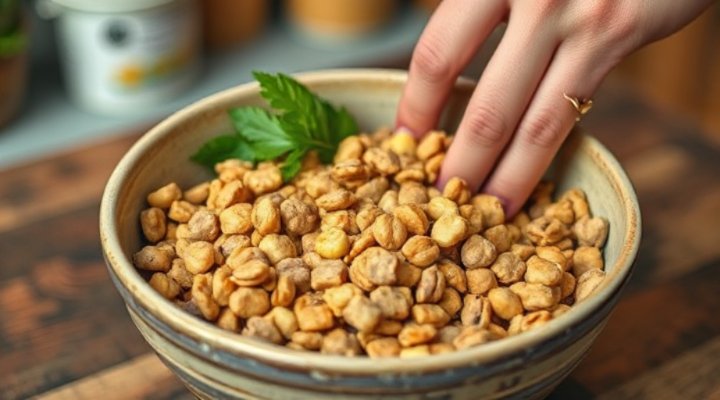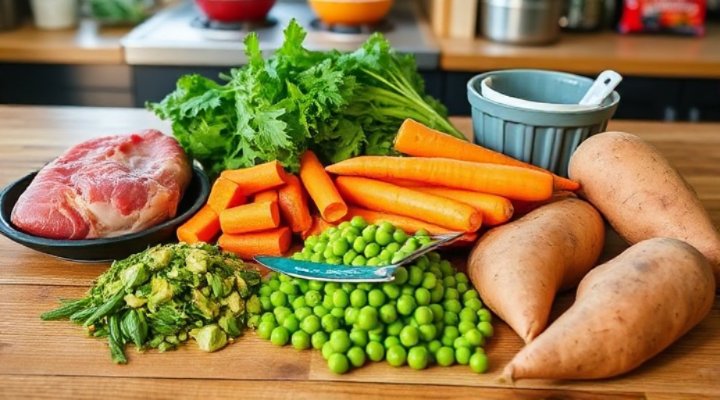Transitioning your dog to fresh food is a wonderful way to enhance their health, but it requires careful planning. In other words, rushing the process can lead to digestive issues. Therefore, follow this step-by-step guide to ensure a smooth transition.

Why Transition to Fresh Dog Food?
Fresh dog food offers numerous benefits, including better digestion, shinier coats, and increased energy levels. For instance, many pet owners report noticeable improvements in their dog’s health after making the switch. Moreover, fresh food often contains fewer preservatives and fillers, which is great for your pet’s long-term well-being.
Step 1: Consult Your Veterinarian
Before making any dietary changes, it’s crucial to consult your veterinarian. Above all, they can provide personalized advice based on your dog’s health, age, and breed. Additionally, they may recommend specific nutrients to include in your dog’s fresh diet.

Step 2: Start Slowly
Begin by mixing a small amount of fresh food with your dog’s current diet. For example, you might start with 25% fresh food and 75% kibble. Gradually increase the proportion of fresh food over 7-10 days. This method helps your dog’s digestive system adjust without causing upset.

Step 3: Monitor Your Dog’s Reaction
Keep an eye on your dog’s stool, energy levels, and overall behavior during the transition. If you notice any signs of discomfort, such as diarrhea or vomiting, slow down the process. Likewise, if everything goes smoothly, you can continue increasing the fresh food ratio.
Step 4: Choose High-Quality Ingredients
When preparing fresh dog food, select high-quality, human-grade ingredients. Lean meats, vegetables, and healthy grains are excellent choices. Furthermore, avoid harmful foods like onions, garlic, and chocolate, which are toxic to dogs.

Step 5: Maintain a Balanced Diet
Ensure your dog’s fresh diet is nutritionally balanced. For instance, include proteins, carbohydrates, fats, vitamins, and minerals in the right proportions. You might also consider adding supplements, such as fish oil or probiotics, as recommended by your vet.
Step 6: Stick to a Routine
Dogs thrive on routine, so feed them at the same times each day. Similarly, maintain consistent portion sizes to prevent overfeeding or underfeeding. Consequently, your dog will adapt more easily to the new diet.

Common Challenges and Solutions
Some dogs may be hesitant to try fresh food at first. To encourage them, try warming the food slightly or adding a favorite topping. On the other hand, if your dog has a sensitive stomach, consider introducing one new ingredient at a time.
Final Thoughts
Transitioning to fresh dog food is a rewarding journey that can significantly improve your pet’s quality of life. By following these steps, you’ll ensure a smooth and successful switch. Remember, patience and consistency are key!
For more tips on dog nutrition, check out our Pet Training Ultimate Guide or explore AVMA’s dog nutrition tips for expert advice.
Related Keywords: fresh dog food, dog food transition, healthy dog diet, pet nutrition, dog digestive health

